1.HIV/AIDS
HIV is short for human immunodeficiency virus. It’s a virus that attacks the immune system. HIV can cause AIDS or acquired immunodeficiency syndrome. AIDS is a chronic, life-threatening condition.According to the Foundation for AIDS Research (amfAR), since the start of the pandemic, almost 39 million people have died due to HIV/AIDS. In 2013, about 1.5 million people lost their lives to AIDS. That’s about 2.7 percent of deaths worldwide.
By the end of 2012, 35.3 million people around the world were infected with HIV. Every day, about 5,700 more become infected.
Rates vary dramatically by geographical location. HIV is rampant in sub-Saharan Africa, where almost one in 20 adults has it. The region is home to 70 percent of all people who have HIV. Sadly, it’s also home to 91 percent of the HIV-positive children in the world.
2.Coronary Artery Disease (Ischemic Heart Disease)
The deadliest disease in the world is coronary artery disease (CAD). CAD, also called ischemic heart disease, occurs when the blood vessels that supply blood to the heart become narrowed. The World Health Organization (WHO) estimates that about 7.4 million people died of ischemic heart disease in 2012. That was about 13.2 percent of all deaths.In the United States, about 600,000 people die of heart disease every year, according to the Centers for Disease Control and Prevention (CDC). That makes it the deadliest disease in the U.S., as well as the world. In the U.S. the most common type of heart disease is CAD, which takes about 380,000 lives each year.
Among the risk factors are high blood pressure, high cholesterol, and smoking. Regular exercise, good nutrition, and weight control can help lower your risk of developing CAD.
Where you live matters. Although it’s still the leading cause of death, mortality rates have declined in many European countries and in the United States. This may be due to better prevention and access to quality healthcare. However, in many developing nations, mortality rates due to CAD are on the rise.
symptoms that can occur with coronary artery disease include:
- Shortness of breath
- Palpitations (irregular heart beats, skipped beats, or a "flip-flop" feeling in your chest)
- A faster heartbeat
- Weakness or dizziness
- Nausea
- Sweating
3.Stroke
A stroke is when an artery in the brain is blocked or leaks. Oxygen-deprived brain cells begin to die within minutes.Stroke was responsible for 6.7 million deaths around the world in 2012, according to WHO. That figure represents about 11.9 percent of all deaths. CDC figures show that nearly 130,000 people in the United States die of stroke each year — that’s one person every four minutes. About one in four strokes occur in people who have had a prior stroke. Stroke is also a leading cause of disability.
Risk factors for stroke are similar to those for CAD. In general, good health habits can lower your risks.
The main symptoms of stroke are as follows:
- Confusion, including trouble with speaking and understanding
- Headache, possibly with altered consciousness or vomiting
- Numbness of the face, arm or leg, particularly on one side of the body
- The trouble with seeing, in one or both eyes
- The trouble with walking, including dizziness and lack of coordination.
- Bladder or bowel control problems
- Depression
- Pain in the hands and feet that gets worse with movement and temperature changes
- Paralysis or weakness on one or both sides of the body
- Trouble controlling or expressing emotions.
4.Chronic Obstructive Pulmonary Disease (COPD)
 xCOPD is a chronic, progressive lung disease that makes it hard to breathe. Chronic bronchitis and emphysema are types of COPD.
xCOPD is a chronic, progressive lung disease that makes it hard to breathe. Chronic bronchitis and emphysema are types of COPD.The main cause of COPD is tobacco — and that means secondhand smoke, too. Another factor is air pollution, both indoors and out. COPD affects men and women at about the same rate. There’s no cure for COPD, but its progression can be slowed down with medication.
The American Lung Association estimates that in 2011, 12.7 million adults in the United States had COPD, but even more, showed some sign of lung problems. There’s a great variation in the number of cases from state to state. In 2011, about 4 percent of people in Minnesota and Washington had COPD. In Alabama and Kentucky, it was more than 9 percent.
Chronic Cough Is the First Symptom
Other Common COPD Symptoms
- Wheezing
- Shortness of Breath (Dyspnea)
- Fatigue
- Frequent Respiratory Infections
Advanced COPD Symptoms
- Headaches and Fever
- Swollen Feet and Ankles
- Cardiovascular Disease
- Weight Loss
5. Lower Respiratory Infections
WHO estimates that lower respiratory infections caused about 3.1 million, or 5.5 percent of deaths in 2012. This group of diseases includes pneumonia, bronchitis, and influenza.
Flu season lasts from December through February in the Northern Hemisphere and from June through August in the Southern Hemisphere. The risk is year-round in tropical regions.
According to the CDC, about 20 percent of travelers returning to the United States seek medical attention for respiratory infection following a trip. Packed cruise ships, hotels, and other close quarters increase the risk of transmission and outbreaks of disease.
Lower respiratory infections symptoms
- bronchiolitis (infection of the small airways or bronchioles)
- bronchitis (infection of the large airways or bronchi)
- colds
- croup (infection of the trachea in children)
- influenza (widespread infection of the upper and lower respiratory tracts including the nose, throat, bronchi and, occasionally, lungs)
- laryngitis (infection of the larynx or voice box)
- pneumonia (infection of the alveoli and surrounding lung tissue)
- sinusitis (infection of the sinuses)
- sore throat (or pharyngitis — an infection of the pharynx)
- tonsillitis (infection of the tonsils)
- whooping cough (pertussis).
6. Trachea, Bronchus, and Lung Cancers
Trachea, bronchus, and lung cancer are all respiratory cancers. The main causes of this type of cancer are smoking, second-hand smoke, and environmental toxins.WHO estimates that in 2012, 1.6 million people died from trachea, bronchus, and lung cancers. These cancers represent about 2.9 percent of all deaths globally.
symptoms of lung cancer
The symptoms of lung cancer can vary between different people. Many people do not have symptoms in the early stages and lung cancer may be diagnosed when a chest X-ray is performed for a different reason. Initial symptoms of lung cancer may include one or more of the following:- Persistent cough.
- Coughing up blood or bloodstained phlegm (sputum).
- Chest and/or shoulder pains.
- Tiredness and loss of energy.
- Weight loss.
- Shortness of breath or wheezing - especially if a tumor is growing in the main airway and is partially blocking the airflow.
- Hoarse voice.
- A change in shape at the end of your fingers (clubbing).
7.Diarrheal Diseases
Diarrhea is when you pass three or more loose stools a day. When diarrhea lasts more than a few days, your body loses too much water and salt. Death is due to dehydration. Diarrhea is usually caused by an intestinal infection transmitted through viruses, bacteria, or even parasites. This type of infection can easily spread through contaminated water or food. It’s particularly widespread in developing nations that have poor sanitary conditions.WHO estimates that 1.5 million people died from diarrheal diseases in 2012, which comprises about 2.7 percent of deaths. Fortunately, that’s down from 2.2 million in 2000. Diarrheal disease is the second top killer of children under age five. Tragically, about 760,000 children die from diarrheal diseases each year.
According to a 2009 Unicef report, every year there are about 2.5 billion cases of diarrhea involving children under five years old. More than 50 percent occur in Africa and South Asia. More than 80 percent of child deaths due to diarrhea occur in those regions.
According to Unicef, healthy behaviors such as good handwashing technique can reduce the incidence of diarrheal diseases by 40 percent. Progress is being made in the fight against diarrheal diseases, but much work remains. Improved sanitization and water quality can help prevent diarrheal diseases. Access to early medical intervention can be the difference between life and death.
Signs and symptoms associated with diarrhea may include:
- Frequent, loose, watery stools
- Abdominal cramps
- Abdominal pain
- Fever
- Blood in the stool
- Bloating
8.Diabetes Mellitus
Diabetes is a group of diseases that affect insulin production and use. In type 1 diabetes, the pancreas can no longer produce insulin. The cause is not known. In type 2 diabetes, the pancreas doesn’t produce enough insulin, or it can’t be used effectively. Type 2 diabetes can be caused by a number of factors, including poor diet, lack of exercise, and carrying too much weight.
In 2012, about 1.5 million people died from diabetes-related causes, according to WHO. People in low to middle-income countries are more likely to die from complications of diabetes.
Diabetes Mellitus Symptoms
- Frequent urination
- Excessive thirst
- Unexplained weight loss
- Extreme hunger
- Sudden vision changes
- Tingling or numbness in the hands or feet
- Feeling very tired much of the time
- Very dry skin
- Sores that are slow to heal
- More infections than usual
9.Preterm Birth Complications
According to WHO, in 2012, as many as 1.1 million deaths were due to prematurity and complications due to low birth weight. Three-quarters of these deaths happen within the first week of life. Lack of skilled medical care makes this a huge problem in developing countries. Many newborn deaths could be avoided with good prenatal and postnatal care.
10.Tuberculosis (TB)
TB is a lung condition caused by bacteria called Mycobacterium tuberculosis. It’s an airborne disease that is often successfully treated. Some strains of TB are resistant to conventional treatments. Second-line drugs used to treat these patients are in limited supply. Some strains fail to respond to second-line treatment as well.
In 2012, about 900,000 people lost their lives to TB, according to WHO estimates. The majority of TB-related deaths happen in poorer countries. It is one of the top causes of death for people who have HIV.
Signs and symptoms of active TB include:
- Coughing that lasts three or more weeks
- Coughing up blood
- Chest pain, or pain with breathing or coughing
- Unintentional weight loss
- Fatigue
- Fever
- Night Sweats
- Chills
- Loss of appetite
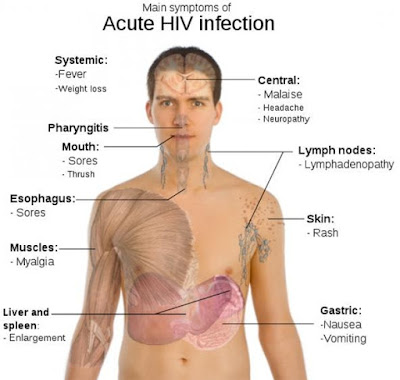
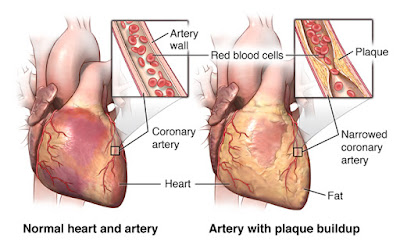

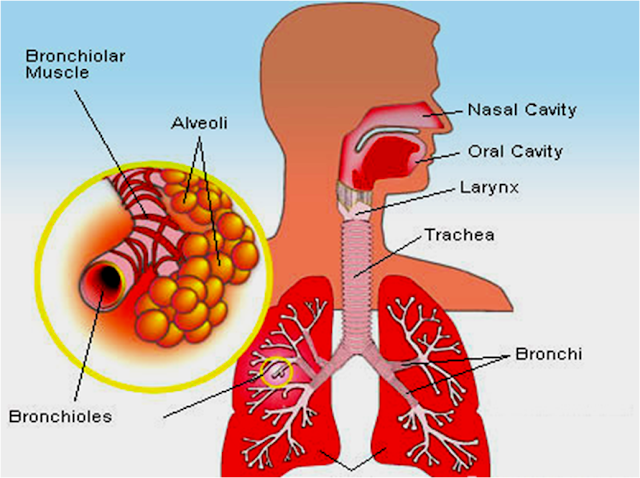

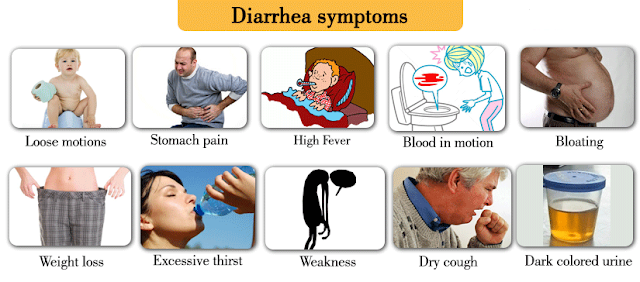

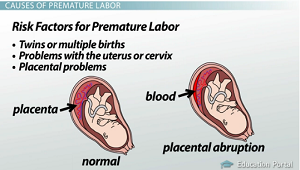
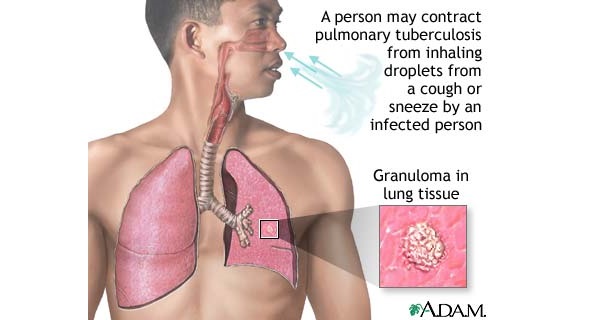
EmoticonEmoticon